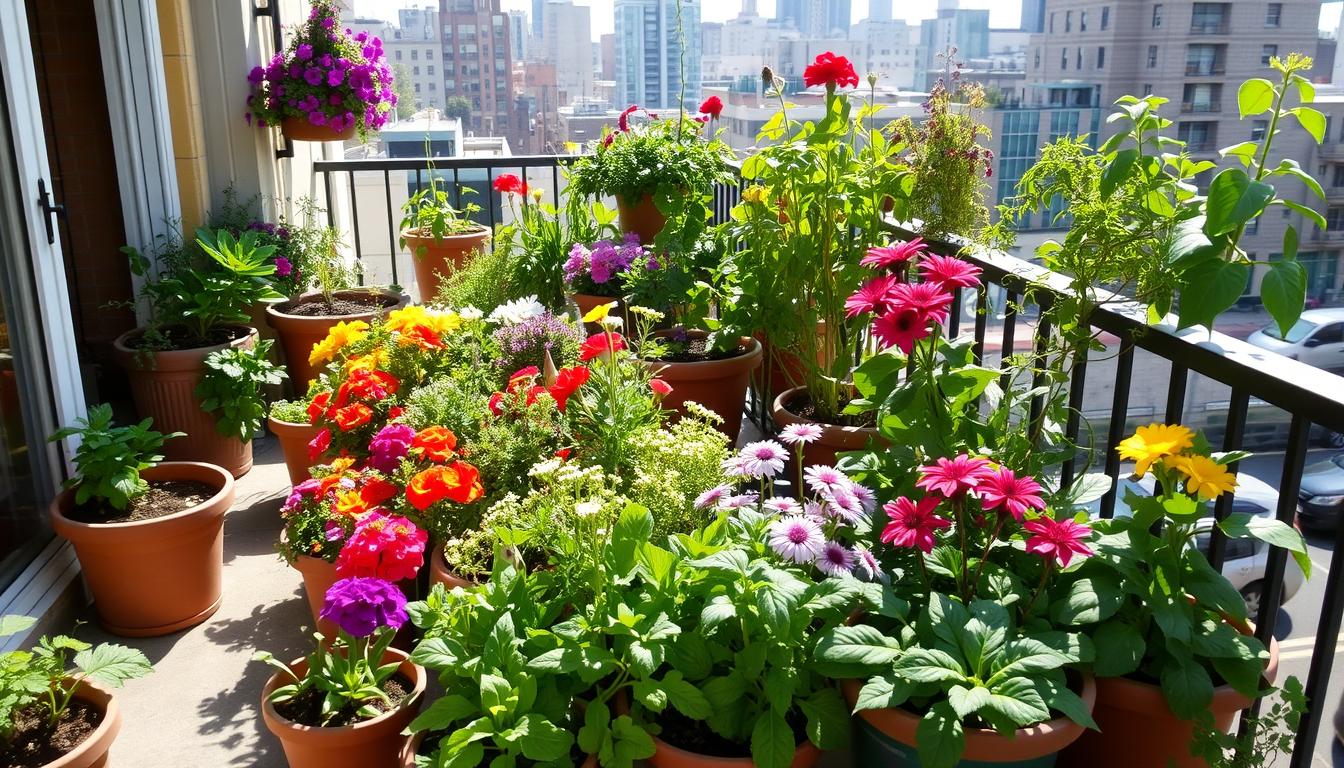Balcony Gardening: How to Turn Your Small Space into a Green Paradise

Have You Ever Thought of Turning Your Balcony into a Food-Producing, Flowering Oasis?
If you think gardening is only for those with sprawling backyards, think again! Balcony gardening is not just a trend; it’s a revolutionary way to bring nature closer to urban living. Whether you’re a seasoned gardener or a complete newbie, this guide will inspire you to create your own lush haven.
What is Balcony Gardening?
Balcony gardening refers to the practice of growing plants, flowers, vegetables, and herbs in small, limited spaces like apartment balconies. With creativity and the right techniques, even the tiniest balcony can be transformed into a vibrant garden.
Why Should You Start Balcony Gardening?
- Reconnect with Nature: Urban living often distances us from greenery. A balcony garden bridges that gap.
- Improved Mental Health: Studies show that being around plants can reduce stress and increase happiness.
- Fresh Produce: Grow your own vegetables and herbs for a healthier lifestyle.
- Eco-Friendly: Plants help purify the air and lower your carbon footprint.
Surprising Fact: Did you know that growing just 10 small plants on your balcony can improve air quality and reduce urban heat by up to 15%?
Getting Started: Essential Tips
1. Assess Your Space
Take stock of the available space, including:
- Size of the Balcony: Measure the area to understand how much you can utilize.
- Sunlight Exposure: Observe how much sunlight your balcony receives.
- Full Sun: 6-8 hours of direct sunlight (ideal for tomatoes and peppers).
- Partial Shade: 3-6 hours (good for lettuce and spinach).
- Full Shade: Less than 3 hours (perfect for ferns and ivy).
2. Choose the Right Plants
Here’s a quick table to guide your plant selection:
| Type of Plant | Ideal Light | Examples |
|---|---|---|
| Vegetables | Full Sun | Tomatoes, Peppers, Cucumbers |
| Herbs | Partial Shade | Basil, Mint, Parsley |
| Ornamental Flowers | Full Sun/Partial Shade | Petunias, Marigolds, Pansies |
| Succulents & Cacti | Full Sun | Aloe Vera, Jade Plant |
3. Invest in Quality Containers
Your choice of containers can make or break your balcony garden. Look for:
- Material: Terracotta, ceramic, or plastic.
- Drainage Holes: Essential to prevent overwatering.
- Size: Ensure the pot matches the plant’s root system.
Designing Your Balcony Garden
Vertical Gardening
When horizontal space is limited, go vertical!
- Use wall-mounted planters, hanging baskets, and trellises.
- Example: Grow trailing plants like pothos or climbing beans for an aesthetic touch.
Themed Gardens
- Herb Garden: Grow culinary herbs like basil, thyme, and rosemary.
- Colorful Corner: Fill one section with flowering plants for a burst of color.
- Edible Balcony: Dedicate space for veggies and fruits like strawberries and peppers.
DIY Elements
- Reuse mason jars as herb containers.
- Convert old ladders into multi-tiered planters.
Video Inspiration: Check out this DIY balcony garden tutorial:
Caring for Your Balcony Garden
1. Watering Wisely
Overwatering is a common mistake. Follow these tips:
- Water early in the morning or late afternoon.
- Use self-watering pots to maintain consistent moisture.
2. Soil and Fertilizer
- Use lightweight potting soil for containers.
- Fertilize every 2-3 weeks with organic options like compost tea.
3. Pest Management
- Introduce natural predators like ladybugs.
- Use neem oil spray to deter pests.
Pros and Cons of Balcony Gardening
| Pros | Cons |
| Low-maintenance setup | Limited space for large plants |
| Access to fresh herbs and veggies | Risk of overwatering due to small pots |
| Enhances air quality | Balconies with low sunlight may limit plant choices |
| Adds aesthetic value to your home | Weight limits may restrict larger pots |
Key Takeaways
- Start Small: Begin with easy-to-grow plants like herbs.
- Sunlight Matters: Match plants to the light available.
- Maximize Space: Use vertical gardening techniques.
- Stay Consistent: Water and fertilize regularly.
Unexpected Fact: A well-designed balcony garden can increase property value by up to 15% in urban areas!
Frequently Asked Questions (FAQ)
Q1: Can I grow vegetables in a shaded balcony? A: Yes! Opt for shade-tolerant veggies like lettuce, spinach, and radishes.
Q2: How do I prevent my pots from being too heavy? A: Use lightweight potting mixes and opt for plastic or fabric containers.
Q3: Are there any safety concerns? A: Ensure your balcony can support the added weight of pots and soil. Distribute weight evenly.
Q4: What’s the best way to deal with pests? A: Neem oil, companion planting, and introducing beneficial insects can help.
Conclusion
Balcony gardening is an exciting and rewarding way to bring a slice of nature into your urban life. With thoughtful planning, creativity, and care, you can transform your balcony into a thriving garden that not only beautifies your space but also enhances your lifestyle. Ready to start your green journey?
More Tips and Tricks: Watch this comprehensive video on balcony gardening:
